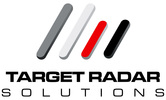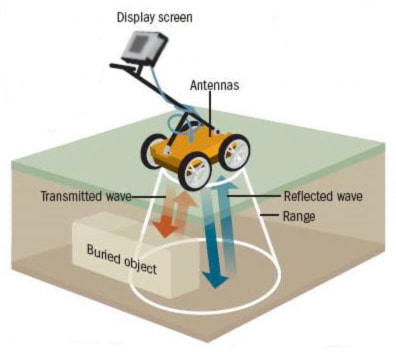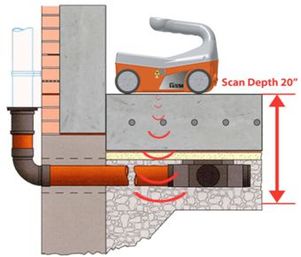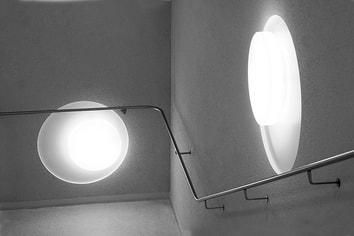Should You Use X-Ray or GPR for Concrete Scanning?
|
Many property managers in Toronto ask us to provide concrete X-ray for their building renovation projects. Traditionally, X-ray was used to locate embedded objects within concrete slabs, but in the past 10 years or so, with the great advancement technology, we use and recommend GPR for effective, efficient and safe concrete scanning service.
There is a huge difference in these two methods for concrete scanning and both have their own specific applications. Ground Penetrating Radar (GPR) is the faster, more recent ground-breaking method for concrete scanning jobs and offers many advantages as outlined below compared to X-ray, which can cost about $2,000 to perform and is quickly becoming outdated due to its nature. WHAT EXACTLY IS GROUND PENETRATING RADAR (GPR)? GPR is a non-invasive, non-destructive concrete inspection technology and testing method. We use state-of-the-art GPR equipment to detect and locate embedded objects or buried utilites in or under concrete slab and structures. Similar to fishing sonar, radar is bounced off objects below and data is relayed back to our GPR technicians' radar screen showing the position, depth and width of objects. 7 KEY BENEFITS OF GPR OVER X-RAY
LIMITATIONS OF GPR While there are many pros to GPR technology, it is important to outline one of a few of the limitations. When water or moisture is present in concrete slab or soil, it reflects the signal inhibiting the GPR's effectiveness and reducing data quality. In order to obtain the exact images of objects, they must be X-rayed, though this is not always a necessity. GPR EXPERTS IN TORONTO Target Radar Solutions offers expert concrete scanning and coring services across the Great Toronto Area. We use the latest GPR and Electromagnetic equipment, insisting on using industry-leader GSSI's systems. Our mission is to ensure safety and the highest level of service, allowing project managers to make informed decisions about their renovation or repair projects with accurate and well-interpreted subsurface scanning data. Widely becoming an industry best practice for commercial construction projects involving concrete structures, GPR is strongly recommended to add to due diligence procedures and safety policies. |




